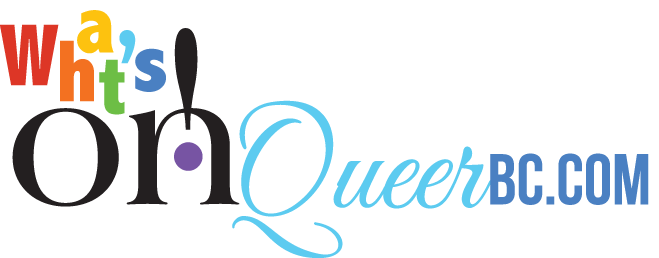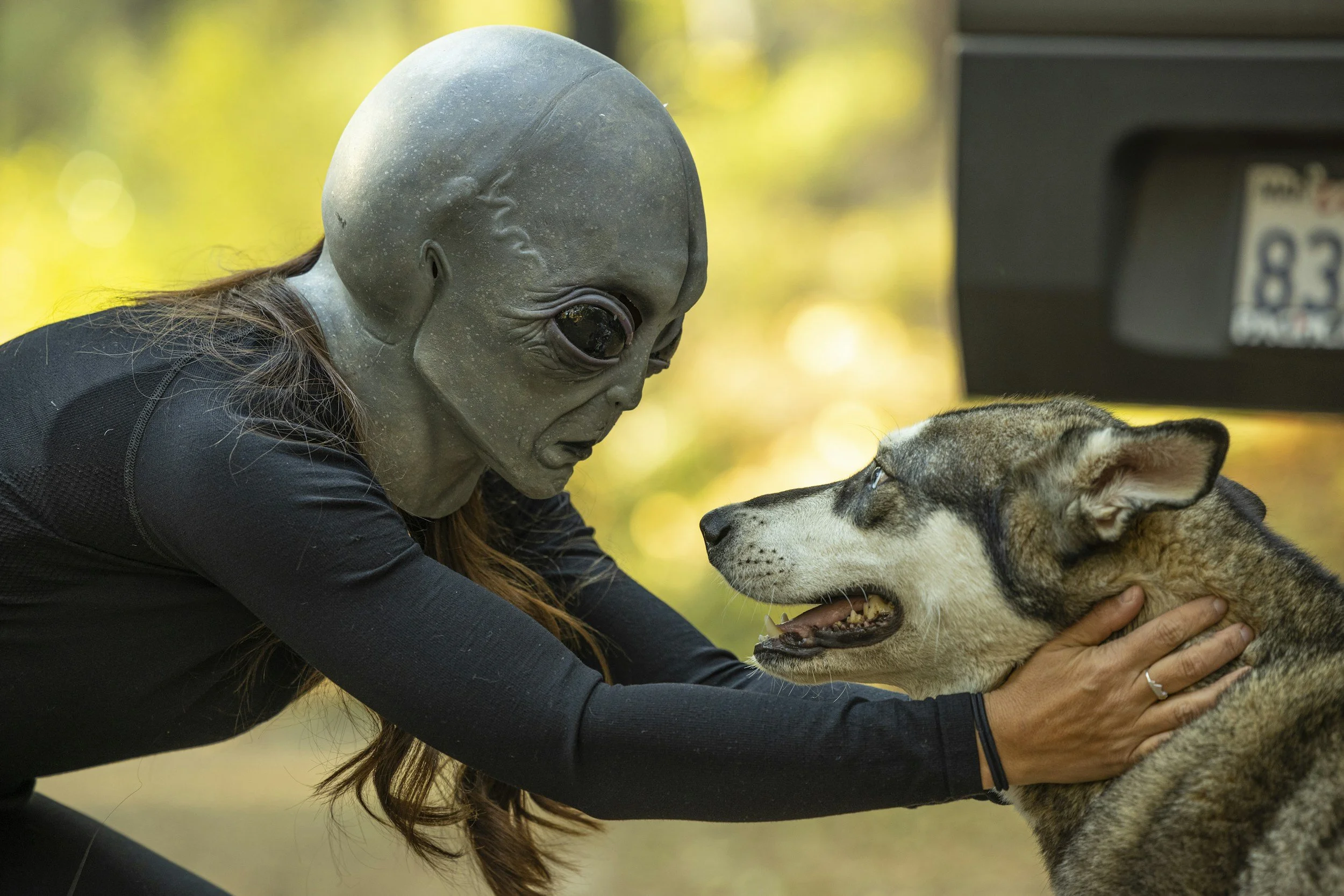Can I be an alien this Hallowe'en?
A Guide to Choosing Respectful Halloween Costumes for you and your family
by Jude Goodwin
Yes, alien costumes are appropriate - see quiz below.
Where it all started
Halloween costumes in North America became popular in the early 20th century. Initially, costumes were simple disguises or homemade creations for neighborhood celebrations, parades, and trick-or-treating. Over time, Halloween evolved, with costumes shifting from DIY disguises to more commercialized options. Today, Halloween costumes are diverse, but with this variety has come increased awareness of the need for respect and cultural sensitivity. Before you head out to Value Village this year, be sure to read the guidelines below.
Understanding Inappropriate Costuming
Certain costumes can reinforce harmful stereotypes or mock important cultural or personal identities. This list highlights costumes that should be avoided:
Cultural Appropriation: Costumes that mimic traditional attire from specific cultures, such as Indigenous headdresses, Black hairstyles, Japanese kimonos, or Day of the Dead symbols, can be offensive. These items carry cultural or religious significance and shouldn’t be used for entertainment.
Trivializing Oppression: Costumes that represent institutions like the police, military, or religious figures can trivialize complex histories of oppression. Avoid costumes that make light of these roles.
Mocking Human Struggles: Costumes that depict poverty, homelessness, disability, or mental illness reduce real struggles to stereotypes.
Body Shaming and Fatphobia: Wearing “fat suits” as a costume turns body diversity into a joke and reinforces harmful stereotypes.
Dr. Mia Moody-Ramirez, a professor at Baylor University, emphasizes the importance of thinking about whether a costume is respectful. She notes that costumes that involve ethnic clothing, blackface, or caricatures of specific cultures or identities are inappropriate.
Gender and Halloween Costumes
Gendered costuming brings its own challenges. Costumes are often presented in ways that reinforce gender stereotypes. Costumes marketed to young women are frequently sexualized, while others use stereotypes to mock or trivialize the experiences of transgender people. Here are considerations when it comes to gender in Halloween costumes:
Gender Stereotypes and Objectification: Many Halloween costumes for women are sexualized, often reducing their value to physical appearance.
Misrepresentation of Transness: Halloween is sometimes used as an excuse to mock transgender people or trivialize their experiences. While Halloween can be a time for gender expression, cisgender individuals dressing as women simply for laughs can reinforce negative stereotypes.
Respectful Drag Costuming: Drag has gained popularity through shows like RuPaul’s Drag Race, bringing discussions of gender and queerness to mainstream audiences. Drag can be a respectful way to explore gender but must be approached with understanding and intention. Costumes should not rely on stereotypes or “punch-down” humor that mocks the experiences of LGBTQ+ individuals.
Before choosing to dress in drag, ask yourself:
Have you attended drag shows or met drag artists?
Are you aware of drag’s cultural history?
Is your costume’s humor based only on gender?
If feedback is given by someone 2SLGBTQiA+, be willing to listen and learn.
Here’s a great article written by Emory Oakley, one of our contributors, a few years ago on Cosplay Costumes and Gender
OK so can you give me some ideas for appropriate costumes?
Respectful costumes encourage creativity without causing harm. Here are some ideas:
Pop Culture Icons: Dressing as characters from movies, books, or TV shows can be fun, provided the portrayal is done respectfully.
Fantasy or Animal Characters: These costumes offer a playful and imaginative approach.
Historical Figures (with Awareness): If dressing as a historical figure, consider their background. Figures from marginalized communities may be better represented through non-specific elements (e.g., a non-descript painter instead of Frida Kahlo). For children, use these costumes as a chance to discuss cultural context.
Jalene Kanani Bell, a Native Hawaiian artist, explains that while certain cultural costumes may not be offensive to everyone, it’s essential to consider how each community may feel. She notes that while she appreciates children dressing as Moana because of the positive values the character represents, others in Polynesian cultures may have different perspectives.
Costumes at the Birdhouse
Years ago, the Birdhouse (then the Clubhouse or Warehouse at ESS) posted a code of conduct regarding braids. As a result I did research and wrote an article on Braids and Cultural Responsibiity in Chaning Times. That article is one of the most read articles of all time on What’s On Queer. So, people want to know!
Recently, on their Instagram, the Birdhouse Space posted their Halloween Costume Code of Conduct. I’ll paste it verbatum below for the benefit of those of you who are not on Instagram. That posting resulted in this article which I hope reaches as many people as the article on braids.
Birdhouse Costume Code of Conduct
• NO Cultural Appropriation
We will not allow any culturally appropriative costumes. This includes wearing traditional Indigenous clothing and accessories as costume, Black and Afro hairstyles, Japanese kimonos, Day of the Dead/ Día de los Muertos sugar skulls, or dress that represents stereotypes of Romani people. If you are unsure on any of the above terms, we suggest looking them up before choosing your costume.
• NO Realistic Weapons
Absolutely NO GUNS
If your costume includes a weapon, it must look very clearly and obviously fake. IE. a sword made out of cardboard or foam.
• NO Costumes Depicting Institutionally Oppressive Systems
This includes costumes of Police, Prison, Military, Nuns or Priests.
• NO Costumes That Trivialize Human Suffering
This includes costumes that depict Homelessness, Poverty, Disability, or Mental Illness.
• NO Fatphobia/ Body Shaming
No costumes that include wearing a fat suit.
The Birdhouse reserves the right to refuse entry or ask you to remove part of your makeup or costume if we deem it offensive, or AT RISK of being read as offensive. If you’re not sure, ask us! We’re happy to engage and give feedback in advance. Feel free to email birdhouseon4th@gmail.com
WHAT ABOUT - ? A Costume Quiz.
OK here’s a list of possible costume ideas. Your task is to see if you can tell which are appropriate!
Donald Trump
Sexy Stewardess
Plane Crash Victims
Bathroom Wall
Gypsy Fortune Teller
Ghostly apparition
Hunchback Witch
Wonderwoman Drag Costume
Stevie Wonder
An Alien
Final Thoughts
Halloween can be a time for children and adults to have fun exploring characters and personas. For children, costumes can serve as opportunities for learning and questioning societal norms. Encourage your kids to express themselves freely, regardless of gender norms, and use Halloween as a chance to talk about why certain stereotypes persist. For adults, choosing costumes respectfully means thinking critically about the potential impact on others and recognizing the value of empathy and understanding.
ANWERS to Quiz. How did you do?
1. Donald Trump
Answer: Appropriate
Explanation: Dressing as a public figure, particularly a political one, can be acceptable as long as the portrayal doesn’t rely on offensive or harmful stereotypes. Satirical portrayals of well-known public figures are generally considered appropriate. Note: There may come a day when dressing as Donald Trump will be inappropriate, falling into the ‘trivializing oppression’ category. Let’s hope not!
2. Sexy Stewardess
Answer: Borderline
Explanation: This costume is not inherently offensive but contributes to the sexualization of certain professions, which can be problematic. For an appropriate alternative, consider a professional flight attendant costume without the overtly “sexy” angle. Or the plane crash angle. See below.
3. Plane Crash Victims
Answer: Inappropriate
Explanation: Costumes that depict tragic events trivialize real human suffering and trauma. Dressing as a plane crash victim can be distressing for those who have experienced or know someone affected by similar tragedies.
4. Bathroom Wall
Answer: Appropriate
Explanation: This costume idea is neutral, abstract, and doesn’t reference any particular culture, tragedy, or identity in a harmful way. It can be seen as a creative choice without offense. Just be careful what you ‘write’ on the wall, and make sure that bathroom is all-gender inclusive!
5. Gypsy Fortune Teller
Answer: Inappropriate
Explanation: "Gypsy" is a derogatory term often used for Romani people, and the costume perpetuates stereotypes about this community. Dressing as a "fortune teller" without the "gypsy" label and stereotype can avoid offensive implications.
6. Ghost
Answer: Appropriate
Explanation: A ghost costume is a classic Halloween choice that does not generally reference any specific culture or marginalized group. It’s a simple, fictional costume that is typically seen as inoffensive. Being the ghost of an opporessive figure, however, might fall into a different character.
7. Hunchback Witch
Answer: Inappropriate
Explanation: Costumes that rely on physical disabilities (like a hunched back) for shock or horror can be offensive. This costume can reinforce negative stereotypes about physical disabilities and deformities.
This is an interesting category. A classic witch costume—a fictional character typically associated with folklore and fantasy—does not directly reference any specific culture, religion, or marginalized group in a harmful way. However, consider avoiding features that stereotype physical disabilities (e.g., exaggerated hunchbacks) or caricature traits associated with negative stereotypes. A witch costume can be fun and respectful when focused on traditional elements like hats, robes, and magical themes without relying on tropes that mock physical appearance.
8. Wonder Woman Drag Costume
Answer: Borderline
Explanation: Drag costumes can be appropriate when done respectfully and not for humor based on gender stereotypes. If the intent is to honour Wonder Woman as an icon without mocking women or the 2SLGBTQiA+ community, it can be suitable. Avoid using exaggerated or caricatured features that may be offensive.
9. Stevie Wonder
Answer: Inappropriate
Explanation: Dressing as a living person with disabilities, particularly by using exaggerated or stereotypical features, can come across as disrespectful. Costumes based on public figures with disabilities can trivialize their experiences.
10. An Alien
Answer: Appropriate
Explanation: An alien costume is neutral and does not represent any human culture, identity, or real-world issue. It’s a safe, imaginative costume choice without harmful implications.
11. Bonus Question: What about Angels and Demons?
Dressing as angels and demons is generally considered appropriate, as these are fictional and symbolic characters rather than specific references to real cultures or marginalized groups. However, in some religious contexts, depictions of angels or demons may be sensitive topics. If you know your audience and setting, consider whether the costume may cause discomfort for people with strong religious beliefs.

